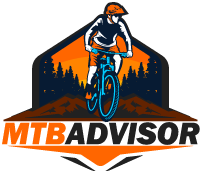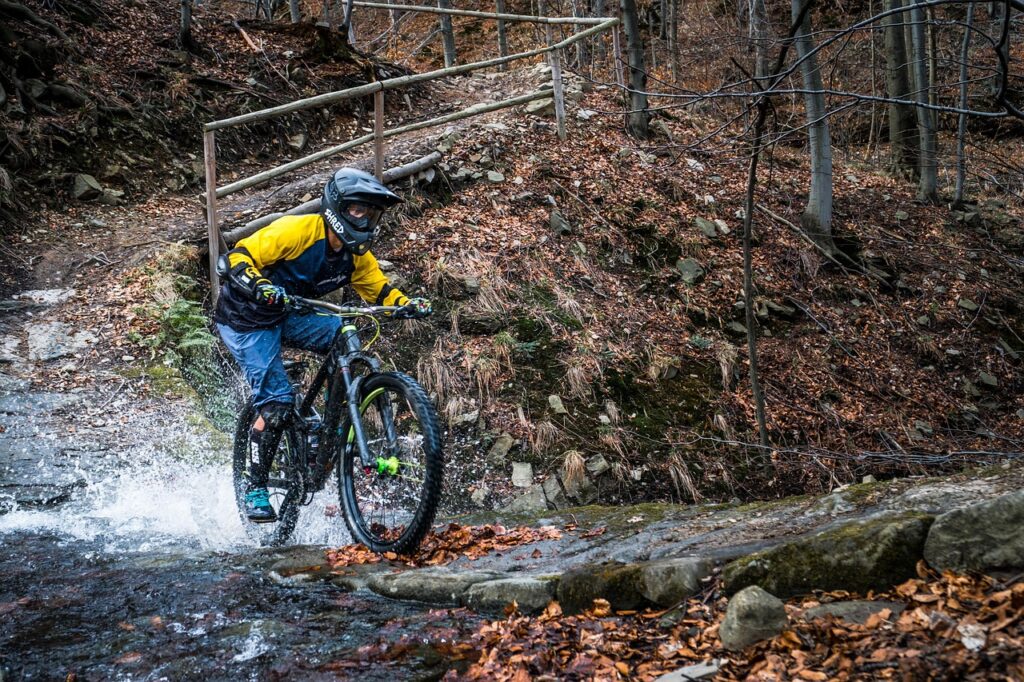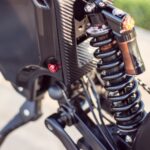Understanding the Importance of MTB Helmets
Riding a mountain bike can be an exhilarating experience. The rush of wind in your face, the thrill of navigating tough terrain, and the satisfaction of conquering challenging trails can really make your day. But with that thrill comes the responsibility of ensuring your safety. That’s where a good helmet comes into play.
Now, I know what you might be thinking. “A helmet is a helmet, right?” Well, not exactly. An MTB helmet is specifically designed to protect your noggin while you tackle those rocks and roots, and choosing the right one can be the difference between a minor bump and a major accident. So, let’s dive into what makes a good entry-level MTB helmet stand out.
What to Look for in an Entry-Level MTB Helmet
Safety Standards
First off, let’s talk safety. Helmets are rated for safety based on testing standards. For mountain biking, look for certifications such as CPSC (Consumer Product Safety Commission) or ASTM (American Society for Testing and Materials). These certifications mean that the helmet meets rigorous standards to protect your head during a fall or crash.
Fit and Comfort
A helmet that doesn’t fit properly is about as useful as a chocolate teapot. The fit should be snug but not painfully tight. Most helmets come with adjustable straps and padding to help achieve that perfect fit. You want to feel secure without getting headaches or discomfort after a quick ride.
Ventilation
Let’s be honest: riding uphill can make you sweat buckets. A helmet with good ventilation will keep your head cool and comfortable during those tough climbs. Look for models with plenty of vents, as this will help air circulate and prevent overheating.
Weight
Weight matters, especially if you are climbing hills or riding for extended periods. A lightweight helmet is less likely to cause fatigue and will provide a more enjoyable ride. Remember that every ounce counts when you are out there sweating profusely!
Style and Color
While safety comes first, you also want to look good! Helmets come in a variety of colors and styles, so you can find one that matches your vibe. A bright color can make you more visible on the trail, adding a little extra safety to your ride.
Top Entry-Level MTB Helmets
Now that we know what to look for, let’s check out some top contenders for the best entry-level MTB helmets. These picks combine quality, performance, and style without breaking the bank.
1. Bell Sanction
The Bell Sanction is a fantastic option for beginners. It features a customizable fit system, ensuring you won’t have to worry about it falling off during a ride. With its lightweight design and ventilation, you’ll stay cool and comfortable, even on those sweaty climbs. Plus, it comes in various colors to match your style.
2. Giro Fixture
The Giro Fixture is a favorite among many mountain bikers. It is lightweight, offers excellent ventilation and has a sleek profile. The in-mold construction makes it durable while providing a comfortable fit. It also features a rear adjustment system, making it easy to get that perfect fit.
3. Trek Bontrager Solstice
The Trek Bontrager Solstice helmet is another reliable choice for newbies. It weighs next to nothing and offers great protection for the price. Its well-placed vents keep your head cool, and Trek’s Crash Replacement Guarantee means you can ride with confidence, knowing you are covered if something goes wrong.
4. Scott ArX Plus
The Scott ArX Plus helmet combines affordability with safety. It features a snug fit and superb ventilation, ensuring you stay comfortable even on longer rides. The adjustable visor adds a touch of personalization, letting you switch things up based on your preferences.
5. POC Trabec
If you want a helmet that offers a bit more coverage, consider the POC Trabec. While it might be slightly heavier than others on this list, it provides a higher level of protection due to its extended coverage. Plus, the design is simply stunning to top it all off.
Maintaining Your MTB Helmet
So you’ve got your helmet, now what? It’s crucial to maintain your helmet to ensure it lasts as long as possible and continues providing the protection you need. Here are some tips:
- Inspect Regularly: Check for any scratches or dents that may compromise its integrity.
- Clean It Up: Sweat, mud, and grime can build up, so clean your helmet with mild soap and water. Avoid harsh chemicals, as they can damage the materials.
- Store It Properly: Keep your helmet out of direct sunlight and extreme temperatures to avoid warping or degrading materials.
- Replace When Necessary: If you have a significant fall, it is wise to replace your helmet. Even if it looks fine, the protective foam inside might be compromised.
Common Misconceptions About MTB Helmets
“I don’t need a helmet on easy trails”
It’s a common misconception that helmets are only for challenging rides. However, accidents can happen anywhere, even on easy trails. Don’t become a statistic—just wear the helmet!
“I can reuse a helmet after a crash”
Many riders believe they can continue using their helmet after a crash, provided it looks fine. Unfortunately, even minor incidents can compromise the protective foam, leaving you at risk in the event of another fall.
“All helmets are the same”
This could not be further from the truth! Each brand and model has different features aimed at different types of riding. You need to choose one that fits your needs and riding style.
Conclusion
Trying to find the right entry-level MTB helmet doesn’t have to be a daunting task. Focus on safety, fit, ventilation, weight, and form. Each of the helmets discussed here provides excellent value without sacrificing protection or comfort. Remember, the more you ride, the better you’ll become, and staying safe while doing it is critical.
Your helmet is your best friend on the trails, so don’t skimp on this important piece of gear. Explore some options, try some on, and choose one that makes you feel invincible while still looking stylish. Now, gear up, hit those trails, and enjoy the ride!






